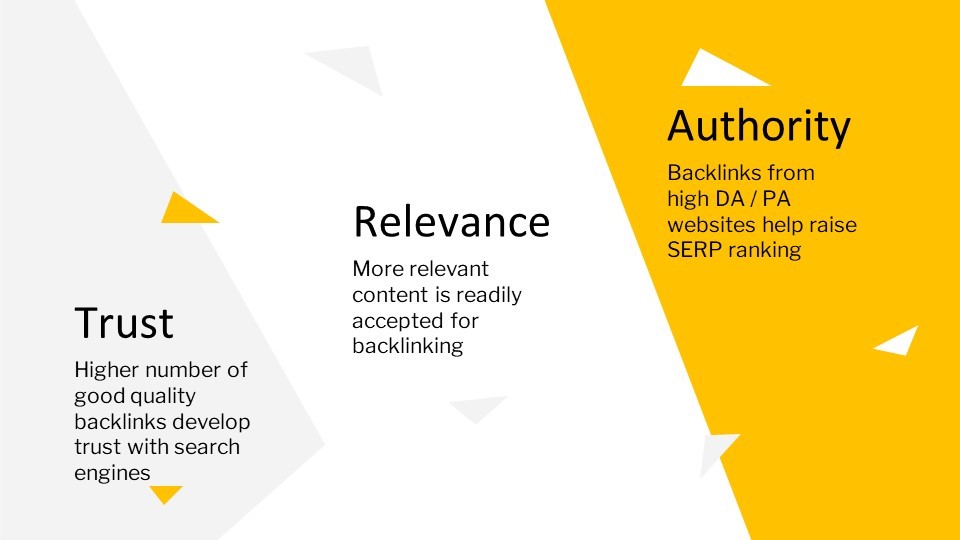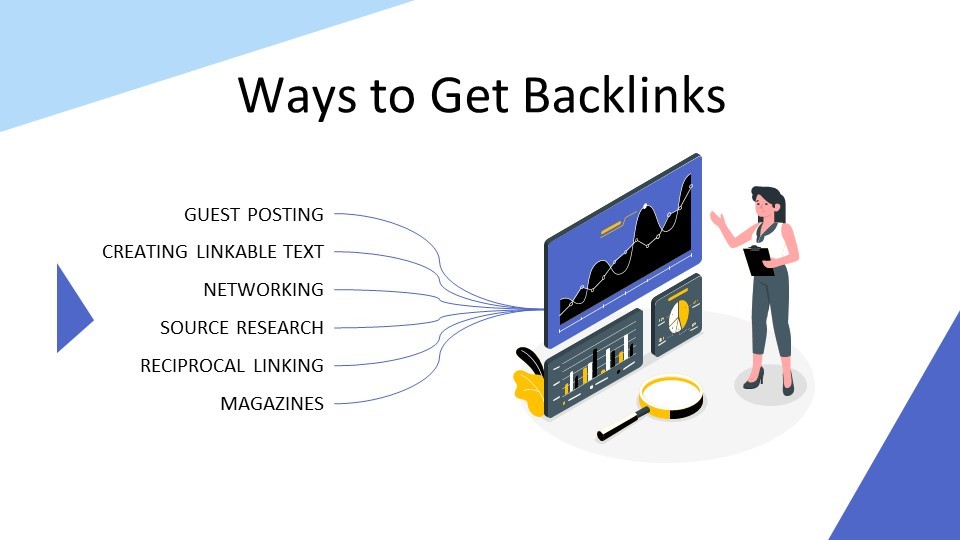Introduction
Investing in good quality, relevant content is definitely the first step to getting your website’s SEO optimized. However, as a standalone method, you will observe that it falls short. Good content needs to be supported with a sturdy network of high-quality, organic backlinks that tell search engines your website is a trustworthy source of information.
However, it is easier said than done. According to data published on SEO Tribunal, 65% of marketers find white-hat link building to be the hardest part of SEO. Blogger outreach services are still the best way to secure a good number of high-quality white-hat backlinks; let’s look at a few great techniques to accomplish this.
Best Ways to Get White-Hat Links
According to the State of Backlinks for SEO report by uSERP, 58.1% of SEO professionals believe that backlinks are highly influential when it comes to improving search result rankings. Quantity of backlinks isn’t necessarily good all by itself anymore – white-hat link building now consists of steadily raising the bar on the websites referring back to your content. Here are a few tried and tested methods for white-hat link-building.
Guest Posting
Guest posting involves writing a piece of high-quality, relevant content to be published on blogs or websites that belong to someone else in your niche and inserting backlinks that point to your website. In short, if you run a business and someone else has a blog that covers the latest news of your industry, you could personally contact the owner of that blog and request them to publish high-quality articles you write on their blog. In short, you will be writing as a “guest” on someone else’s website.
This method requires a lot of networking and relationship building, therefore is a slow way to get the job done. However, if done right, this method of generating white-hat backlinks has the following advantages:
- High-quality links
- Diversity
- Better rankings on search results
- Good amount of traffic redirected from the backlink to your site
The longer time frame notwithstanding, guest posting is the most reliable method of securing high-quality backlinks.
Create Linkable Content
Among the vast variety of topics under the sun that you can choose from, do select topics that allow you enough opportunity to insert backlinks inside. For example, landing pages or home pages aren’t very “linkable”; meaning, there isn’t much content in there that answers a search query or addresses a user concern. Rather than that, develop a blog page or a “What,” “Why” or “How to” section on your website that works to deliver actionable information to your readers.
Try to include interesting statistics and facts in your content. Conduct consumer surveys on your social channels and publish those results on your blog. Essentially, linkable content looks like this:
- How-to articles that teach a reader how to troubleshoot or get something done (like How to Build Backlinks)
- Why articles that tell a reader what to avoid or adopt (like Why Avoid Black-Hat SEO)
- What articles explain concepts to a reader (like What is Backlinking?)
Populating your blog with such content helps you insert more backlinks.
Seek the Right Sources
Building a network of backlinks doesn’t mean blindly contacting every blogger and guest post location on the internet. You need to build this network smartly with the people of your own industry who actually have use for the information that you would be publishing.
For example, if you run a business in the clean energy sector, contacting a fashion blogger for guest posting would make no sense. Instead, target online magazines that publish about clean energy. That, or broaden your scope and contact bloggers that talk about environmental conservation and awareness. This way, you would be building bridges for the long haul. These are the sources you can keep going back to for publishing more and more of your posts.
Try to develop good relationships with these bloggers and establish a steady stream of backlinking with them. In return, you could offer to give them reciprocal links for mutual benefit; this way, both the parties would have something to gain from this arrangement.

Networking and Relationship Building
In the end, every website owner and blogger are looking to improve their ranking in some way. The good news is that the internet community is generous and willing to help each other out. The key to getting more backlinks at the end of the day is to build long-term relationships with the professionals of your niches and create a practice of reciprocal linking.
Doing this ensures that your websites generate a steady stream of backlinks with every piece of content you publish. Additionally, you could have a dedicated section on your website for guest posts from other bloggers that wish to improve their own rankings; consider this a method of pro-bono activities to generate a future resource of backlinks.
Wrapping Up
The importance of backlinking cannot be ignored. According to this report, 38.4% of the respondents spend around $1,000 to $5,000 on link building.
Blogger outreach involves detailed research to pinpoint the right bloggers to publish your content. When done right, it helps to establish a long-term resource for backlinking that can be utilized for many posts in the future as well. With that said, it is necessary to study the quality of the blog you wish to post on and whether or not the owner is willing to accept your content.

